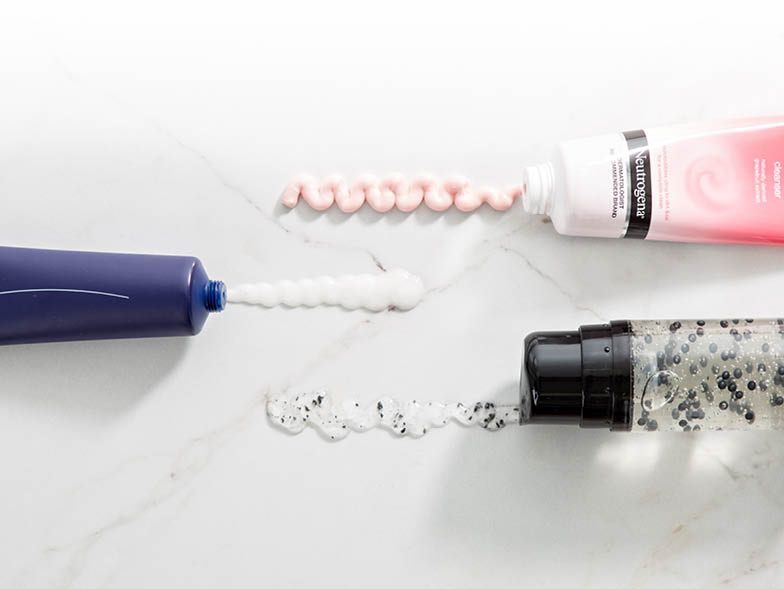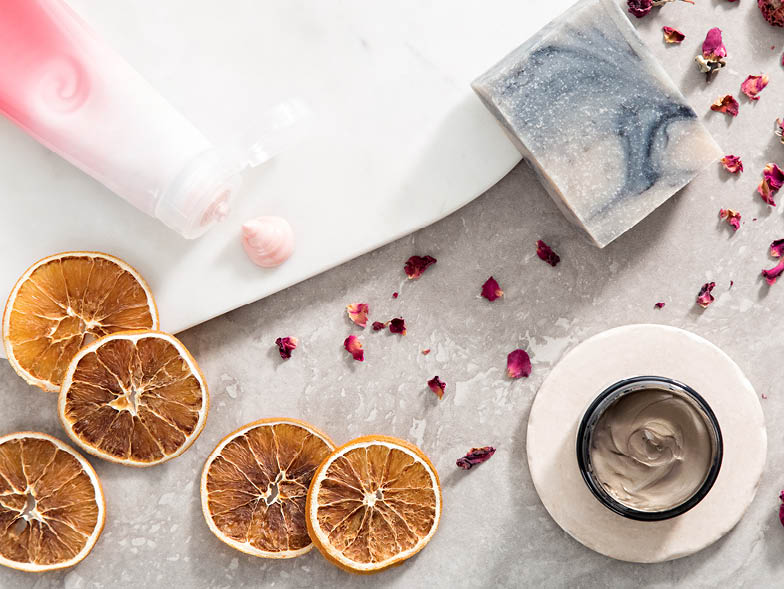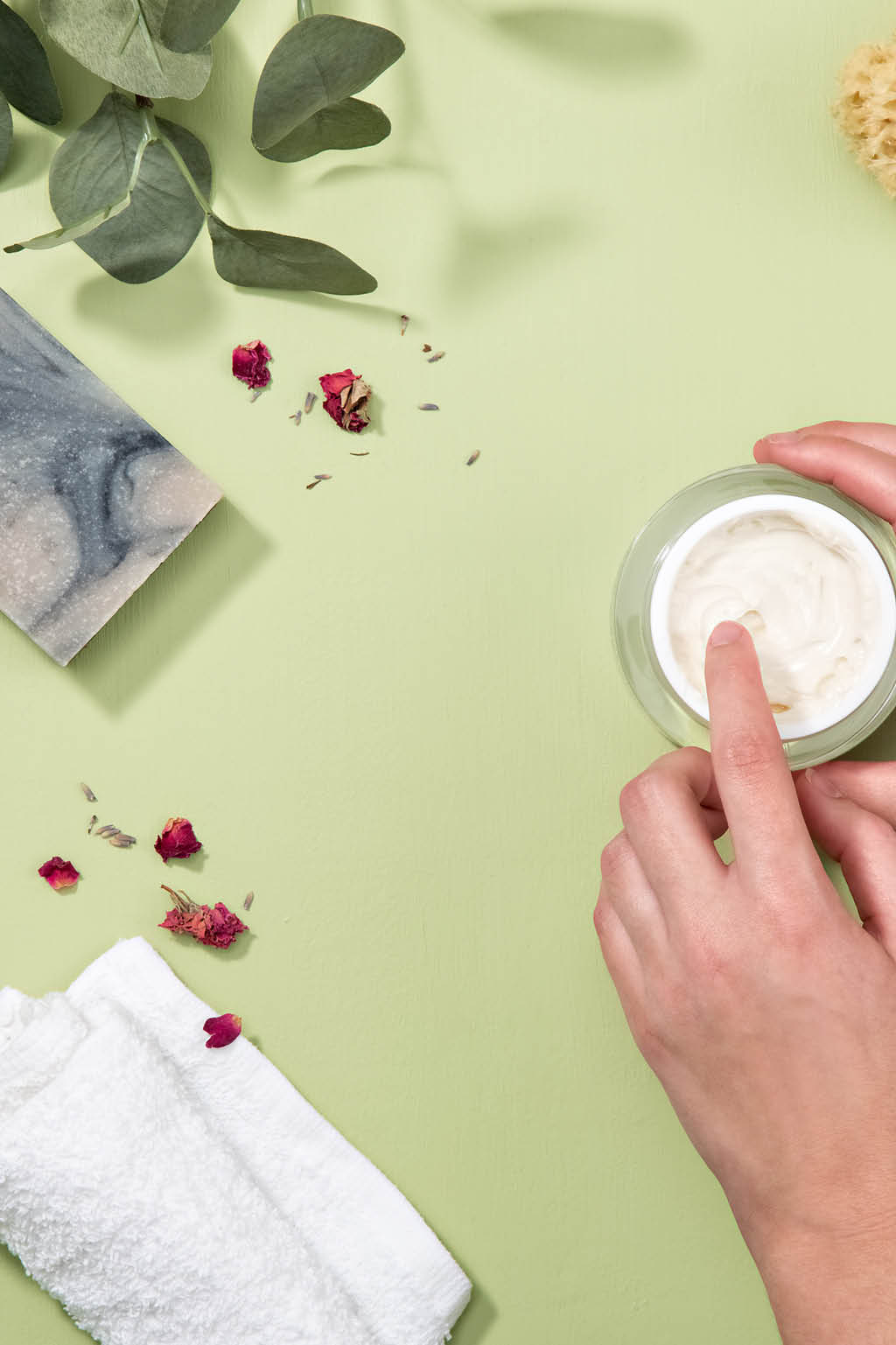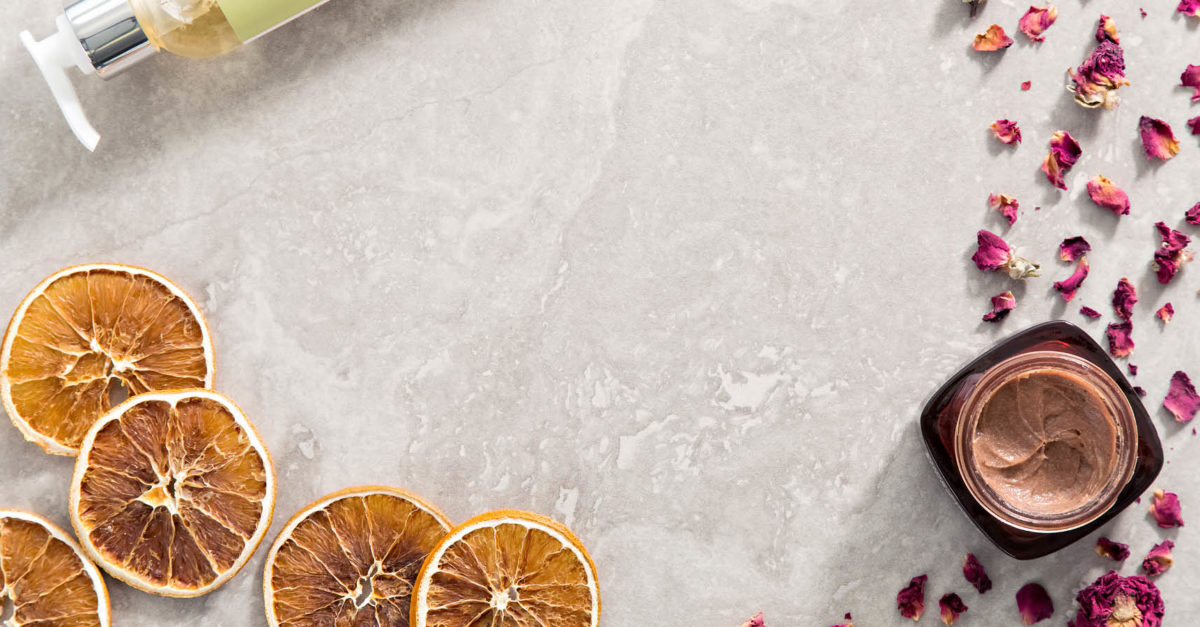A Skin Transition
As summer slowly turns to fall, it’s high time for something else to change as well—your skincare routine.
A skincare regimen during the dog days of summer probably looks a little like this: exfoliating, applying a lot of sunscreen and a lightweight moisturizer, and cleansing twice a day. Hotter weather can cause oil buildup, leading to a complexion that gets greasy as the day wears on. Exfoliating and cleansing help give your skin a natural glow, which really is all most people want for their skin. Sunscreen is another crucial element to a summer skincare routine to help reduce the risk of developing skin cancer.
But while UV rays are at their strongest during the warmer months, sunscreen should be part of people’s everyday self-care regimens. As autumn approaches, changing up elements of your skincare routine will help maintain the health of your skin into fall and beyond.
FALL IN LOVE WITH YOUR SKIN
A change in weather, especially when said weather is cold, might cause your skin to become itchy and irritable, which can be caused by a lack of humidity. A new season also brings a shift in lifestyle: no more summer Fridays at work, extended weekends at the beach, or long-awaited vacations on the calendar. For many people, fall means a packed schedule with kids back in school, new end-of-year projects, and a busy social life with the approaching holidays. All of this can take a toll on your complexion.
The summer glow has come and gone, which can leave your skin feeling and, let’s face it, looking, malnourished. Combine this with a busier schedule and you don’t exactly have a recipe for the best-looking complexion. Putting some extra TLC into your skin this time of year can have a huge payoff.

FROM THE INSIDE OUT
People tend to stock up on products galore when their skin is in a seasonal transition, but they fail to realize that what goes into their bodies can affect what’s on the outside, too. Dairy, gluten, and foods high in sugar can all contribute to having troublesome skin. But there are plenty of fall superfoods to munch on instead. Cauliflower is a great low-carb option. Squash makes for an appetizing and colorful side dish, and fruits, such as pomegranates, tangerines, apples, and dates, can help your health—and your skin’s health—this season. Your skin will thank you as you reach for foods that are higher in antioxidants and generally have better nutritional value. A sweet latte or baked good is a part of enjoying the season for many, but indulging in excess could have negative results.
MOISTURIZE MORE
During the summer months, using a lightweight moisturizer is one of the keys to avoiding that oily sheen on your T-zone, but as autumn comes around, it’s time to incorporate a thicker moisturizer into the mix. Why? Weather elements shift from sunny rays to wind, rain, and, in some regions, early snowfall. This (sometimes) abrupt change in weather can cause your skin to become easily irritated—but the harsher weather (and the heaters that accompany it) doesn’t have to dehydrate your skin completely. One way to combat the rough elements is to strengthen the barrier on your skin by using a thicker moisturizer. When looking for a thicker moisturizer, pay extra attention to the ingredients list. Look for key ingredients like hyaluronic acid, shea butter, squalane, and glycerin, while steering clear of those that have sulfates and parabens.

Hyaluronic acid is an especially important ingredient to keep in mind as you’re deciding on a new moisturizer for colder weather. This game-changing substance is a molecule that retains water, helping to keep skin hydrated. Hyaluronic acid is found naturally in our skin, but investing in a moisturizer that has this substance incorporated into it can take your complexion to another level of healthy and glowing. It’s something that can help any skin type retain moisture throughout the harsher months. And if weather isn’t something that’s a contributing factor in how you take care of your skin, it can also aid in diminishing the appearance of fine lines and wrinkles.
CLEANSE DIFFERENTLY
Since hydration is essential during the fall, you also don’t want to use anything that will dry out your skin, like foaming cleansers. What you do want is a cleanser that will leave your skin feeling soft and smooth, without making it feel tight three hours after washing it. A charcoal cleanser will also work wonders, as it helps with dullness and acne-prone skin. If your skin is feeling especially parched, try a cleanser with vitamin C because it removes any dirt buildup from the day and brightens your skin.
USE A MASK
Dry skin isn’t incurable—and a mask can be just the thing to help solve your skincare issues. Honey extract is a key ingredient to look for in face masks this time of year, or you could even opt to make your own with the honey in your kitchen! The antioxidants and natural antibacterial properties found in honey can boost the health of your complexion tenfold. Overnight masks can be a great way to restore your skin as well. It’s like waking up with fresh, plump skin that’s prepped for the day’s unpredictable fall conditions. Other hydrating face masks contain hyaluronic acid, botanical oils,
or ceramides.
A SKIN SOLUTION
Problematic skin is as common as oversized sweaters and pumpkin spice lattes this time of year, but that doesn’t mean you can’t take steps to feel your best. With the right products and nutrient-filled foods, a new season can leave you with skin feeling supple and soft.
For more info, visit aad.org









